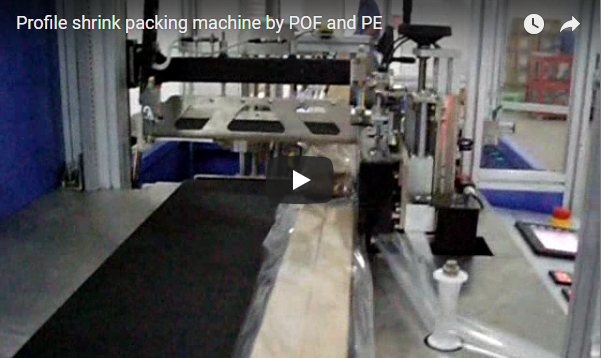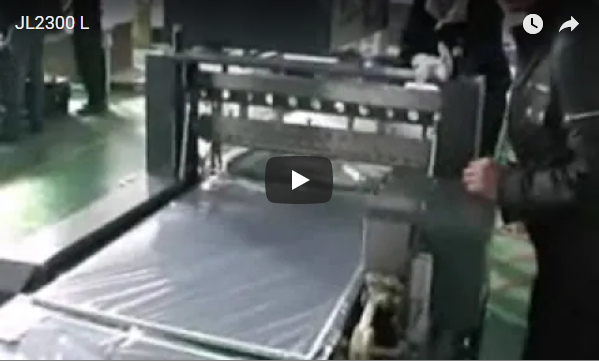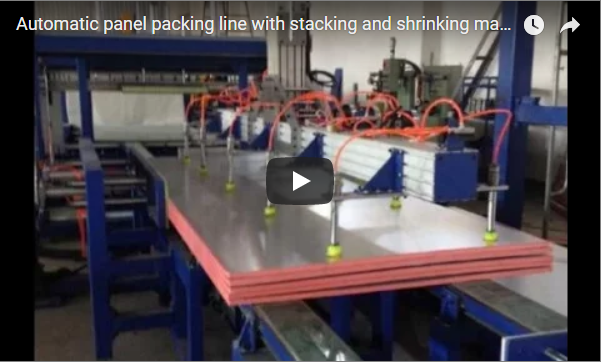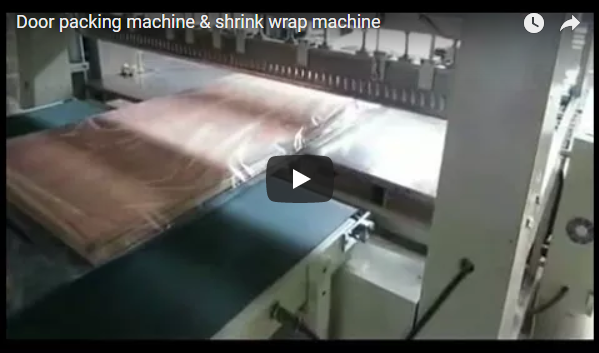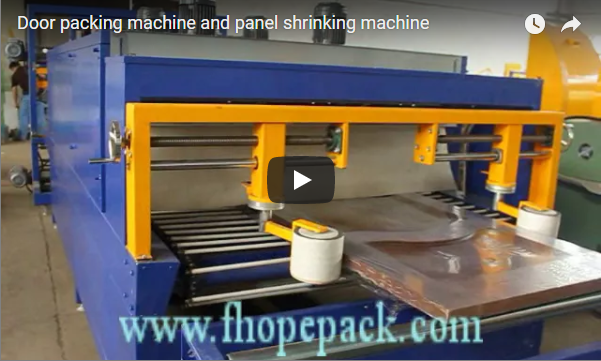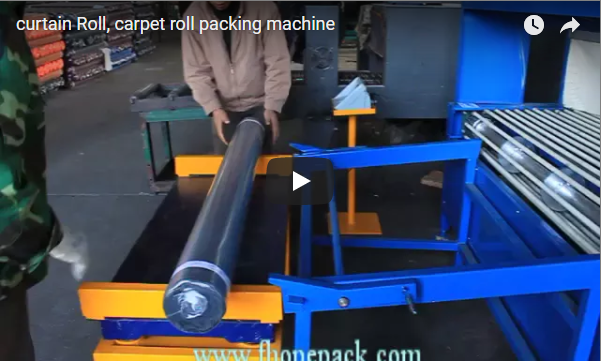Enhancing efficiency and ensuring product integrity in electrical component manufacturing demands specialized automation solutions. The automatic back packing and shrinking machine for busbars represents a significant advancement in streamlining packaging processes for these critical conductive elements. This system is designed to provide robust protection, improve logistical handling, and offer a professional presentation for busbars of various sizes.
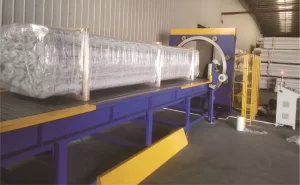
1. Operational Workflow and Design Insights
The automated packaging cycle for busbars typically follows a well-defined sequence designed for efficiency and consistency:
- Infeed Conveying: Busbars are fed onto the machine's conveyor system, often integrated with upstream manufacturing or handling processes. Precise spacing and alignment are critical at this stage.
- Film Wrapping: As the busbar advances, sensors detect its presence, initiating the film wrapping process. A roll of suitable shrink film (commonly Polyethylene - PE or Polyolefin - POF) is dispensed and formed around the product. Depending on the design, this might involve creating a sleeve or fully enclosing the busbar.
- Sealing: An L-bar sealer or a side-seal mechanism creates secure seals around the film-wrapped busbar. This stage employs heated wires or blades to cut and fuse the film, ensuring a complete enclosure. Precise temperature and pressure control are vital for consistent seal quality.
- Shrink Tunnel Passage: The sealed package moves into the heat shrink tunnel. Inside, carefully controlled hot air circulates around the package. This causes the shrink film to contract tightly and conform uniformly to the shape of the busbar, creating a taut, protective layer. Key design elements include adjustable temperature controls, variable airflow, and conveyor speed synchronization to achieve optimal shrinking without damaging the product or film.
- Cooling and Outfeed: Upon exiting the tunnel, the package may pass through a brief cooling zone to set the film. It is then transferred via an outfeed conveyor for subsequent handling, labeling, or palletizing.
The overall design often incorporates a Programmable Logic Controller (PLC) with a Human-Machine Interface (HMI) for ease of operation, parameter adjustment (e.g., temperature, speed, package length), and fault diagnostics.
2. Key Technical Specifications Comparison
Selecting the right machine requires careful consideration of its technical capabilities. Here’s a typical specification range:
- Packaging Speed: 5-15 packs per minute (highly dependent on busbar length, complexity, and film type)
- Maximum Product Dimensions (L x W x H): Varies significantly; common ranges accommodate lengths up to 1500mm, widths up to 200mm, and heights up to 100mm. Custom dimensions are often possible.
- Applicable Film Types: Polyethylene (PE), Polyolefin (POF)
- Film Thickness: Typically 25-100 microns (100-400 gauge)
- Sealing System: L-Bar Sealer or Continuous Side Sealer + Cross Sealer
- Shrink Tunnel Heating: Infrared Quartz Heaters or Nichrome Elements
- Power Supply: 380V/50Hz, 3-Phase (standard industrial power; can vary by region)
- Air Pressure Requirement: Typically 5-7 bar (if pneumatic components are used)
- Machine Dimensions (Approx. L x W x H): 4000mm - 6000mm x 1500mm x 1800mm (varies based on configuration)
Note: These are representative values. Specific machine models will have detailed datasheets.
3. Core Components and Construction
The reliability and performance of an automatic busbar packing machine hinge on its core components:
- Frame: Robust, heavy-duty steel construction ensures stability and longevity in demanding industrial environments. Stainless steel may be used for contact parts or in specific environments.
- Conveyor Systems: Durable belt or roller conveyors designed to handle the weight and dimensions of busbars smoothly. Variable speed control is essential.
- Film Delivery System: Includes film roll holders, tensioning mechanisms, and perforation units (if needed) for precise film handling.
- Sealing Mechanism: Features temperature-controlled sealing blades/wires, often coated with PTFE (Teflon) to prevent film sticking. Pneumatic or servo-driven actuation ensures consistent pressure.
- Heat Shrink Tunnel: Insulated chamber with high-efficiency heating elements and powerful blowers for uniform heat distribution and airflow control. Tunnel aperture and length are matched to product size and speed requirements.
- Control Panel (HMI/PLC): Provides centralized control over all machine functions, parameter settings, recipe storage, and diagnostic feedback.
4. Advantages of Automated Busbar Packaging
Transitioning to automated shrink wrapping for busbars offers compelling benefits:
- Increased Throughput: Significantly higher packaging speeds compared to manual or semi-automatic methods, boosting overall production capacity.
- Consistent Package Quality: Automation eliminates human variability, ensuring every busbar is wrapped and shrunk uniformly, enhancing product appearance and protection.
- Reduced Labor Costs: Frees up personnel from repetitive manual packaging tasks, allowing them to focus on higher-value activities.
- Enhanced Product Protection: The tightly shrunk film provides excellent protection against dust, moisture, scratches, and minor impacts during transit and storage.
- Improved Safety: Enclosed automated systems reduce manual handling risks associated with sharp edges or heavy components.
5. Considerations for Implementation & Use (User Experience Perspective)
From a practical standpoint, integrating and operating this machinery involves several key considerations:
- Line Integration: Planning how the machine fits into the existing production flow, including upstream supply and downstream takeoff, is crucial. Buffer zones might be necessary.
- Operator Training: While automated, operators need thorough training on safe operation, HMI navigation, film roll changes, basic troubleshooting (e.g., clearing film jams), and routine cleaning.
- Maintenance Schedule: Adherence to the manufacturer's recommended preventive maintenance schedule (lubrication, sensor checks, blade/wire replacement, heater inspection) is vital for minimizing downtime and ensuring long-term reliability.
- Film Selection and Sourcing: Choosing the correct film type (PE for strength, POF for clarity), thickness, and width based on the busbar characteristics and desired protection level is critical. Establishing a reliable supply chain for film is also important. External resources on shrink film properties can be helpful.
- Changeover Time: If multiple busbar sizes are processed, the time and complexity involved in adjusting guides, sealing parameters, and potentially changing film rolls impact overall efficiency. Machines designed for quick changeovers offer significant advantages.
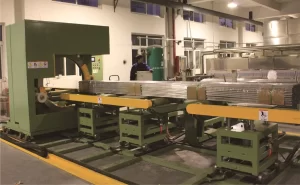
horizontal orbital stretch wrapper52 jpg 6. Conclusion
The automatic back packing and shrinking machine for busbars is an indispensable asset for modern electrical component manufacturers and distributors. By automating the packaging process, it delivers significant improvements in speed, consistency, product protection, and operational cost-efficiency. Careful evaluation of technical specifications, component quality, and integration requirements ensures the selection of a system that aligns with specific production needs, ultimately contributing to a more streamlined and competitive manufacturing operation.

